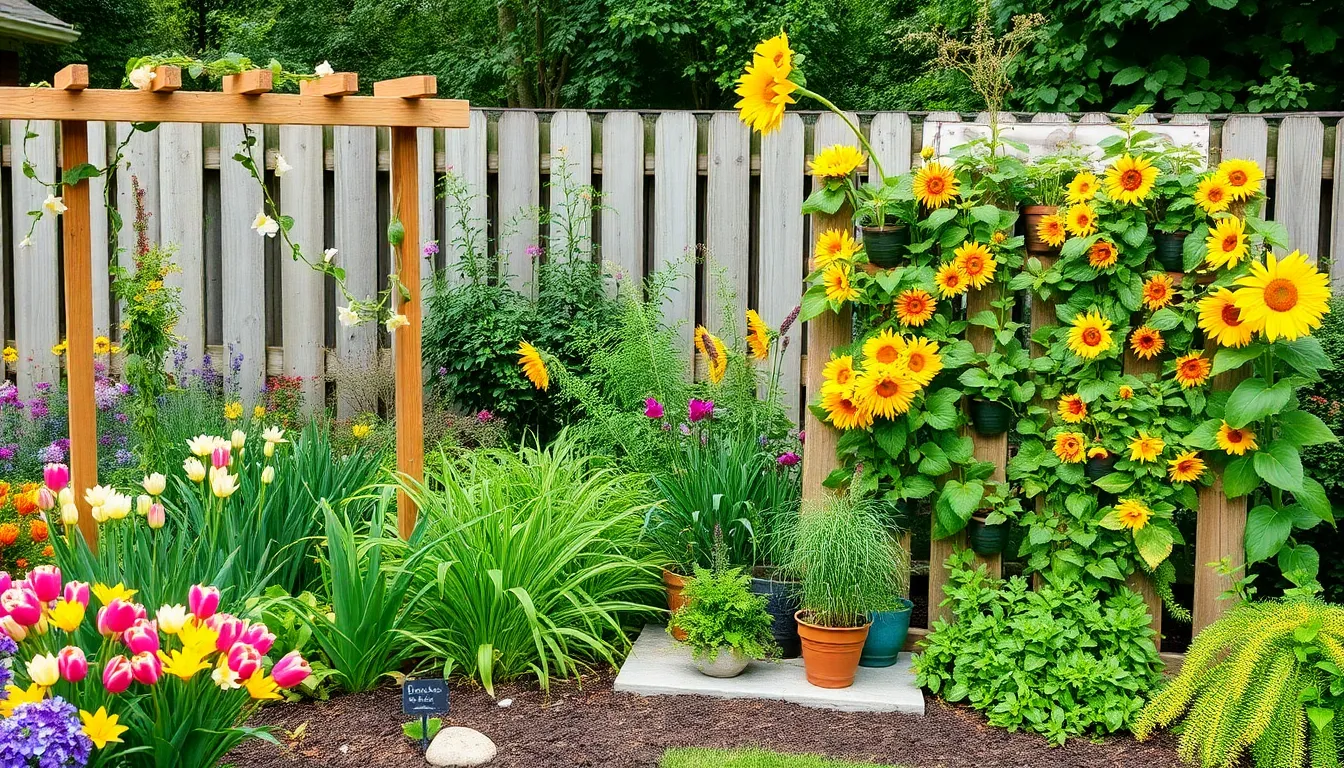Gardening is a journey that evolves with the rhythm of the seasons, offering endless opportunities for creativity and connection with nature. Whether you’re just starting with your first potted plant or you’re a seasoned gardener with dirt under your nails, there’s always something new to discover and try in your garden space. This article is your gateway to a year-round adventure filled with do-it-yourself projects that will inspire and challenge you, regardless of your experience level.
Imagine transforming your garden into a dynamic canvas that changes with the calendar, reflecting the unique beauty and bounty of each season. From crafting simple cold frames to protect your winter greens to building vibrant vertical gardens that burst with summer blooms, you’ll find projects designed to match both your skill set and the time you have available. As you delve deeper into these seasonal projects, you’ll gain not only practical know-how but also a deeper appreciation for the cycles of nature and the joy they bring to your gardening journey.
In the pages that follow, you’ll learn how to harness the potential of every season to enhance your garden’s beauty and productivity. We’ll guide you through selecting the right materials, planning your projects, and executing them with confidence and flair. Each project is crafted to be both accessible and rewarding, ensuring that your gardening journey is as enjoyable as it is productive. Whether you’re looking to add a personal touch to your garden or simply want to make the most of each season’s unique offerings, this article is your trusted companion in cultivating a garden that thrives all year long.
Spring: Crafting Vibrant Planter Boxes
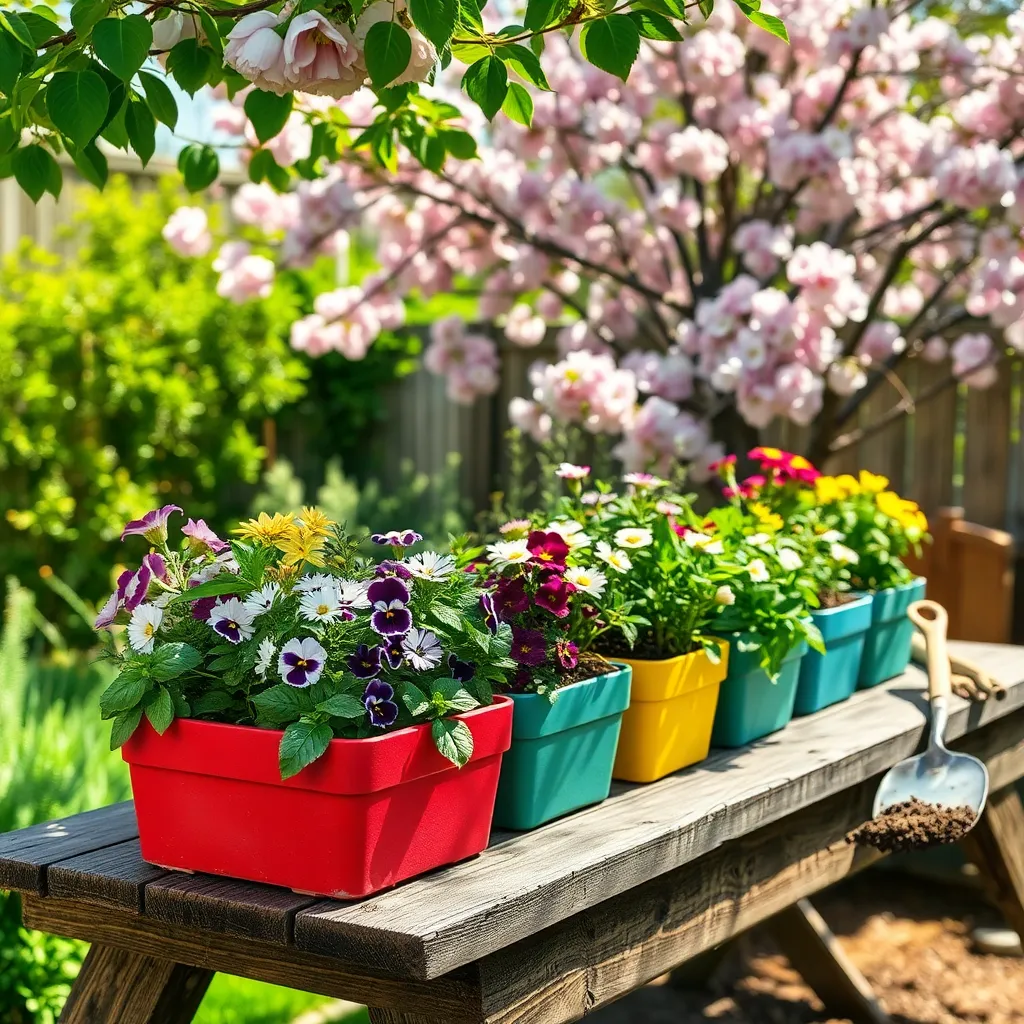
Spring is the perfect time to rejuvenate your garden with vibrant planter boxes. Start by selecting a good-quality potting mix that ensures proper drainage and aeration for your plants.
Consider planting a mix of colorful annuals, such as petunias, marigolds, and pansies, to create a stunning display. These plants thrive in full sun and require regular watering, especially during dry spells, to maintain their vibrant blooms.
For a lush look, add trailing plants like sweet potato vines or creeping jenny to spill over the edges of your planter box. These trailing beauties prefer moderate watering and can tolerate partial shade, making them versatile choices for various locations.
To encourage healthy growth, feed your plants with a balanced, slow-release fertilizer. Advanced gardeners can also experiment with companion planting, pairing vegetables like lettuce or radishes with flowers to maximize both beauty and productivity in their planter boxes.
Summer: Building a DIY Water Feature
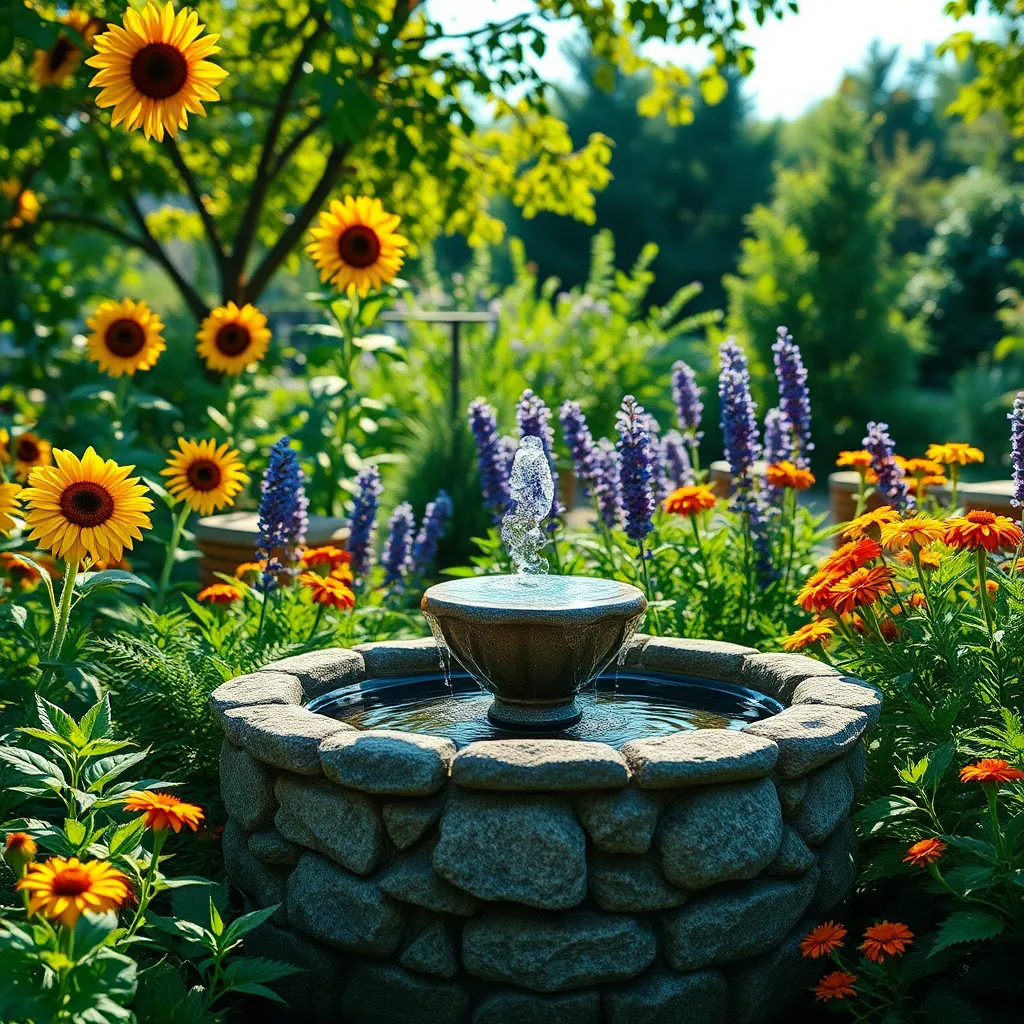
Building a DIY water feature is a fantastic way to enhance your garden during the summer months. Not only does it add beauty and interest, but it also helps create a tranquil environment that attracts wildlife.
Begin by choosing a location that receives both sunlight and shade for a balanced ecosystem. Ensure the area is flat, as this will make the installation process easier and help maintain water levels.
For beginners, a simple container water feature can be an excellent starting point. Use a large, waterproof container and add a small submersible pump to keep the water circulating, preventing stagnation.
Intermediate gardeners might consider designing a tiered fountain using terracotta pots. Stack pots of varying sizes, ensuring you drill a hole in the bottom of each to allow the pump’s tubing to pass through for water circulation.
Advanced tip: Incorporate aquatic plants, like water lilies or floating hearts, to naturally filter the water and add a touch of greenery. These plants thrive in full sun and only need to be fertilized every four to six weeks during the growing season.
Regular maintenance is crucial; clean your water feature every month to remove debris and prevent algae buildup. Adjust water levels frequently, especially during hot weather, to keep the pump fully submerged and functioning efficiently.
Fall: Constructing Compost Bins Efficiently
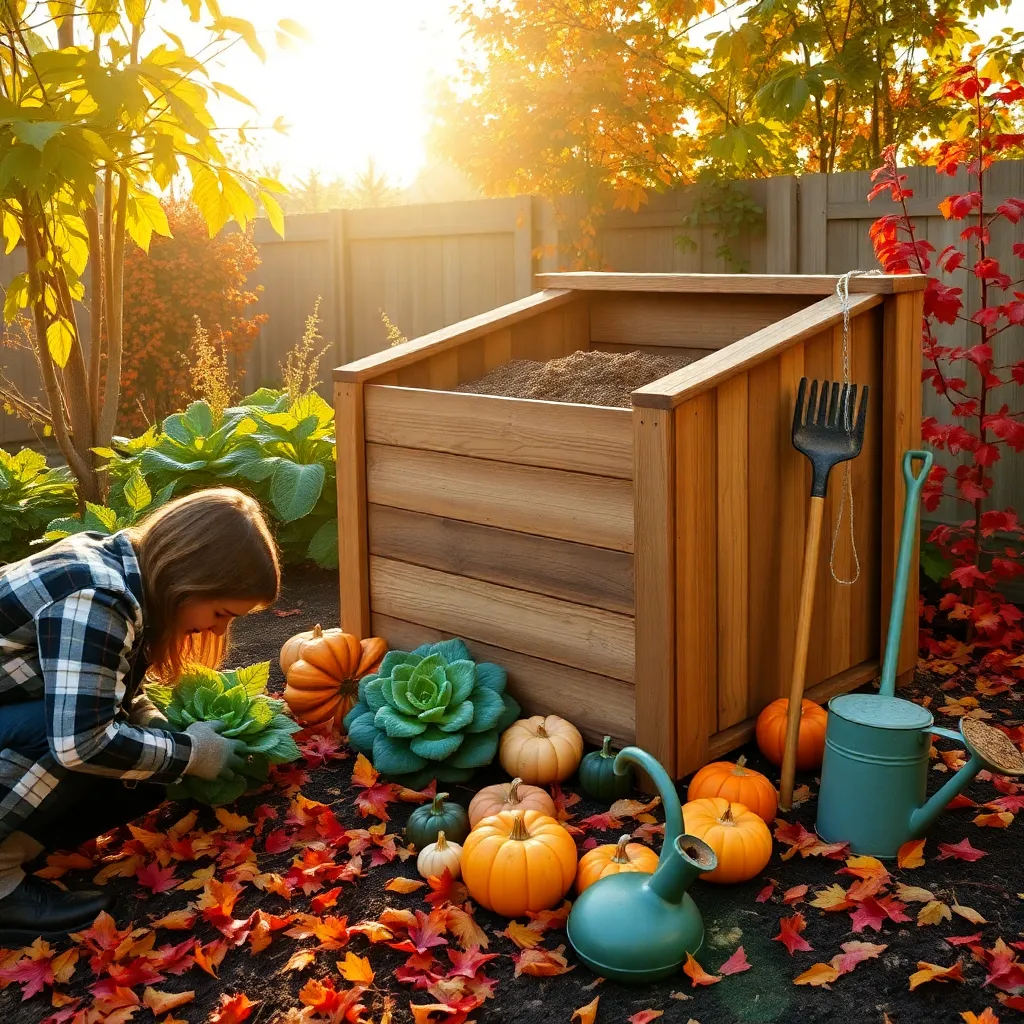
Constructing a compost bin in the fall is a fantastic DIY project that benefits your garden year-round. Not only does composting reduce waste, but it also enriches the soil with a steady supply of nutrients.
To start, select a location in your garden that is easily accessible and gets partial sunlight. This spot should be convenient for adding kitchen scraps and yard waste, while also maintaining a good temperature for decomposition.
Begin by gathering materials such as wooden pallets, wire mesh, or plastic barrels, which can be repurposed to create a sturdy compost bin. Ensure your bin has adequate airflow by leaving gaps or drilling holes, which helps speed up the composting process.
Layer your compost with a mix of ‘green’ and ‘brown’ materials—such as vegetable peels and dry leaves—to maintain a balance of nitrogen and carbon. Turn the pile every few weeks to aerate it, which prevents odors and supports decomposition.
For those looking to optimize their composting, consider adding a compost activator or garden soil to introduce beneficial microbes. These microbes accelerate the breakdown of organic materials, resulting in rich compost faster.
Remember, composting is both a science and an art, so don’t be discouraged by initial challenges. Experiment with different materials and techniques to find what works best for your garden, and enjoy the rewards of healthier plants and reduced waste.
Winter: Designing Indoor Herb Gardens
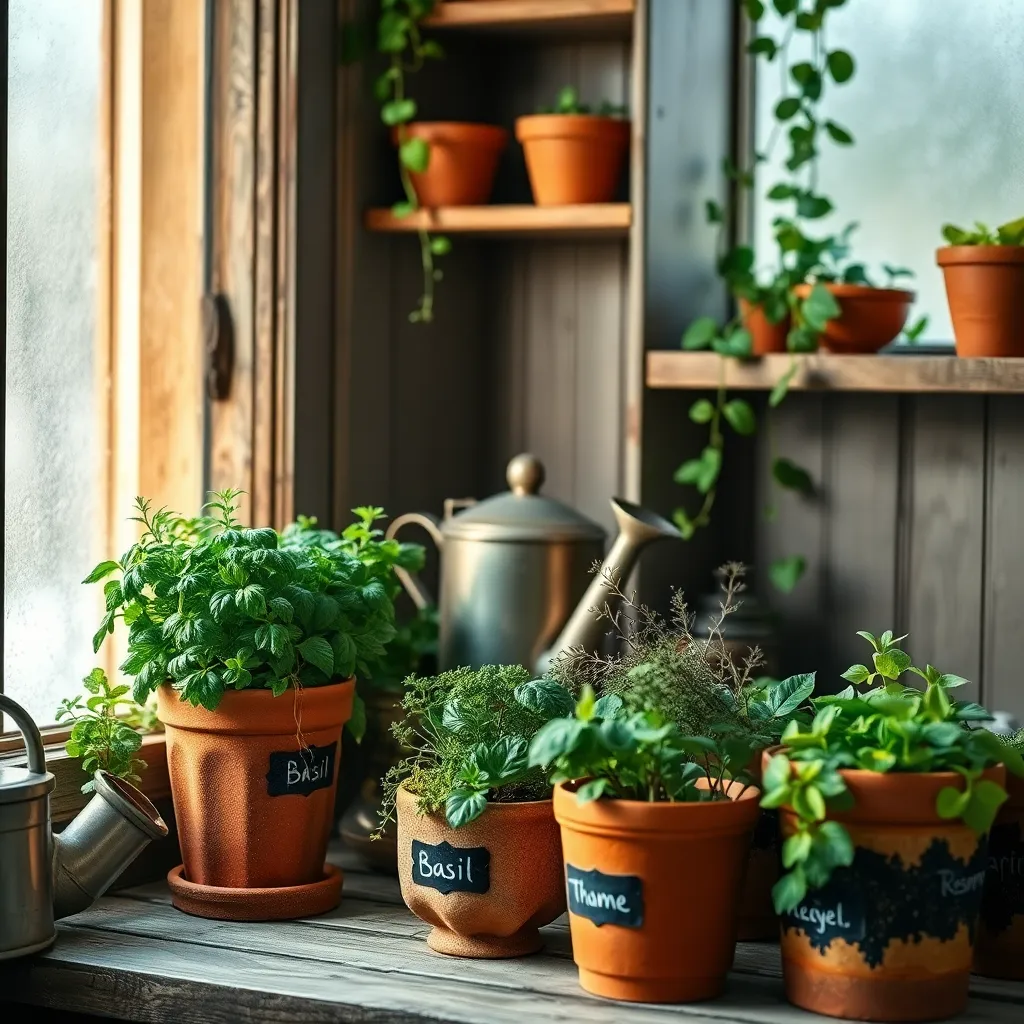
Creating an indoor herb garden during winter is a delightful way to enjoy fresh flavors while brightening up your home. Start by choosing a sunny windowsill where your herbs can receive at least six hours of sunlight each day.
Consider herbs like basil, parsley, and thyme, which thrive indoors and offer a variety of uses in the kitchen. For optimal growth, plant each herb in a pot with good drainage and use a high-quality potting mix that retains moisture without becoming waterlogged.
Water your herbs when the top inch of soil feels dry, but be careful not to overwater, as this can lead to root rot. To promote bushier growth, regularly pinch back the top leaves, which encourages the plant to produce more branches.
For those seeking an advanced touch, consider adding a small grow light to supplement natural sunlight, especially if your home lacks bright window spaces. Rotate your pots every few days to ensure even growth, as herbs will naturally lean towards the light source.
All-Season: Creating Weatherproof Garden Paths
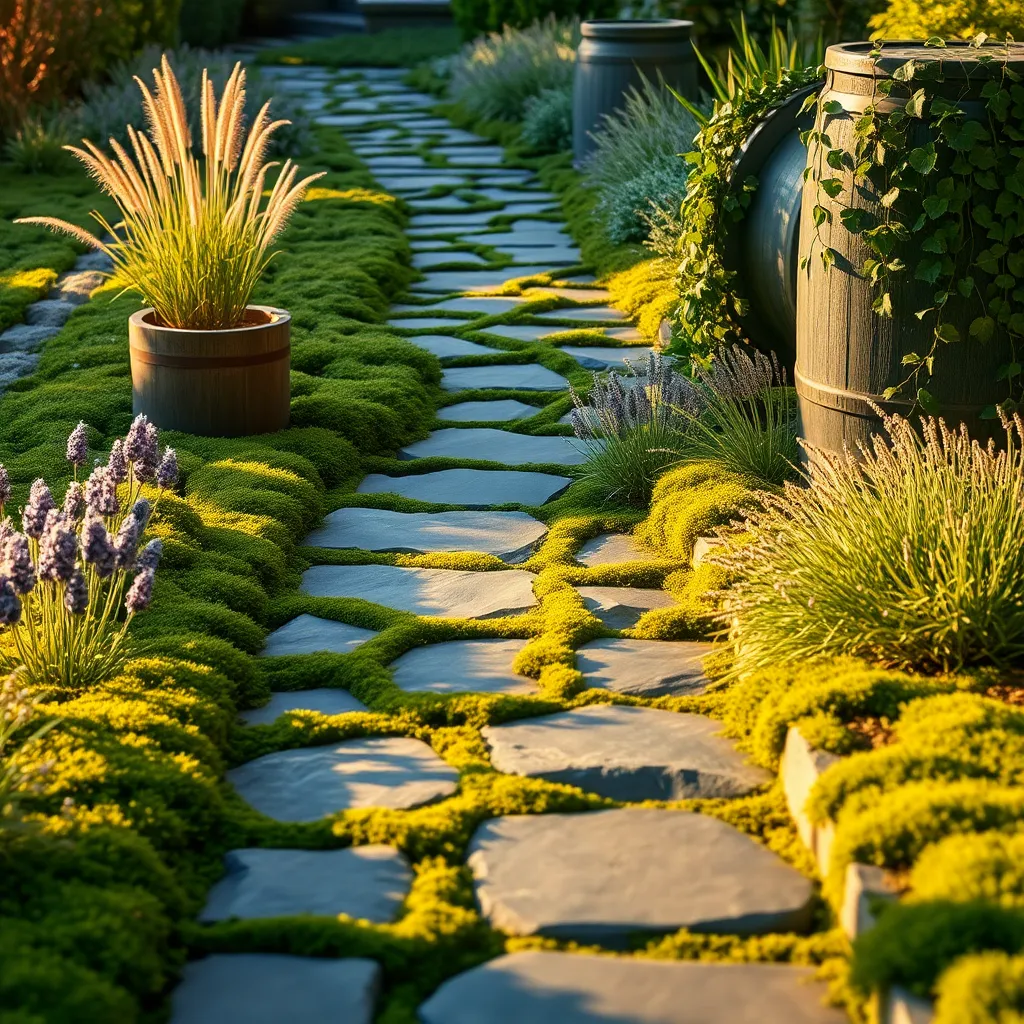
Transforming your garden with all-season paths can enhance both its functionality and beauty. To create a weatherproof path, start by choosing durable materials such as crushed stone, gravel, or brick, which withstand various weather conditions.
Consider the layout before beginning construction to ensure the path is practical and complements your garden’s design. It’s important to establish a solid foundation by digging at least 4 inches deep and filling the trench with a layer of crushed stone for drainage.
After laying the foundation, apply a layer of sand to create a level base for your chosen path material. This step is crucial for preventing sinking or shifting over time, especially in areas with heavy rainfall.
For a professional finish, edge the path with bricks, stones, or metal strips to prevent the material from spilling into garden beds. Regular maintenance, like sweeping debris and replenishing materials, will keep your path looking pristine year-round.
Conclusion: Growing Success with These Plants
As we wrap up our journey through ‘DIY Garden Projects for Every Season,’ let’s revisit the five key relationship concepts that can blossom with each project. First, we explored the importance of teamwork and collaboration, nurturing understanding and patience. Next, we delved into creativity, encouraging couples to express themselves and innovate together. Third, we highlighted the significance of communication, fostering open dialogue and shared decision-making. The fourth concept was resilience, reminding us that just like gardens, relationships require ongoing care and adaptation. Finally, we celebrated shared achievement, strengthening bonds through collective success.
Now, it’s time to put these concepts into action: pick one project to start this weekend. Whether it’s planting spring bulbs or building a cozy winter nook, let it be a shared adventure that strengthens your connection.
Bookmark this article to revisit these insights and projects as each season unfolds. By nurturing your relationship with the same care as your garden, you’re sowing seeds for a flourishing future together. Remember, the love you cultivate today will bloom into tomorrow’s lasting happiness. Your garden of relationship success starts here—let it grow!

